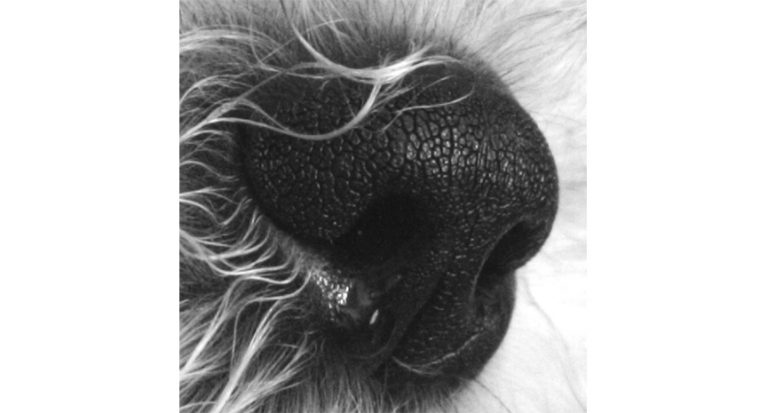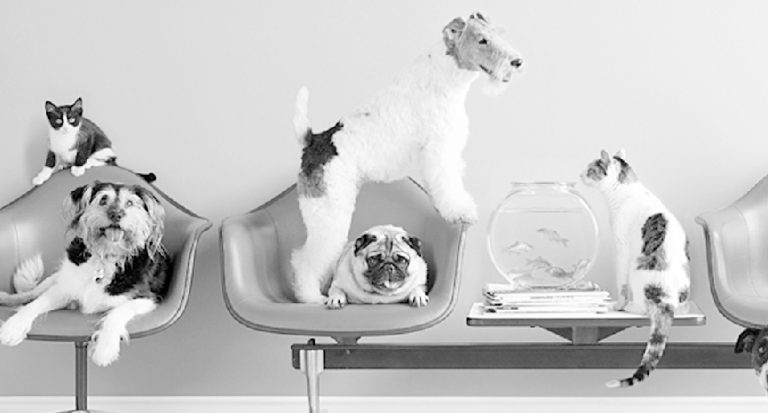A couple of days ago, while I was upstairs sleeping, my 50 lbs. dog decided to eat the rest of my chicken that was left on the counter, bones and all. As I began to freak out, I frantically searched the internet for answers. Was my dog going to be OK? Would he get sick? The questions began to eat up at me. Well it turns out he would be fine (I had to feed her a bunch of white bread to “soften up” what was in her belly) but it also raised a very interesting question. Why can’t dogs eat table scraps, or “regular food”? Didn’t they used to eat meat and bones (or whatever was around) before they were domesticated? Is feeding them “real food” really that bad? Dog food as we know it wasn’t even created until the early 1900’s, so what did they eat before that?
It turns out that ever since dogs have been domesticated, dogs have gradually turned away from the strictly carnivorous diet of their wild ancestors and adopted the diet provided by humans. Dogs’ environments and their diets have differed through the years according to the day and age and to the uses to which the dogs were put. Until the 19th century, hunting dogs were often fed essentially on bread made with various grains (barley, wheat or rye); meat (offal) was fed only rarely, when the quarry was given to the hounds or on a temporary basis to strengthen “weak” dogs.
Meat was long considered to be an “optional” part of the canine diet, with some exceptions (coursing dogs hunting large game and war dogs were readily given meat, which was said to give them strength; sled dogs were traditionally fed seal meat, walrus meat or pemmican). However, we can guess that the fairly independent lifestyle of dogs in rural environments allowed them to supplement their daily ration of moistened bread with various other sorts of meat. As the human standard of living rose, meat was more frequently included in dogs’ diets, replacing bread and grains (much as people switched from “earning their bread” to “bringing home the bacon”). By the 19th century, meat had become the symbol of high living and was thought to be a nutritional cure-all for dogs, which people had re-defined as strict carnivores.
The change in attitudes occurred in the context of a large shift in the dog’s status at this time. Departing from their exclusively functional role (hunting, guarding, defense), dogs assumed a more social, even sociological, role as they became incorporated into the family, which no longer considered them as utilitarian objects but as living beings worthy of love and respect. It was at this very time that we began to feed dogs “commercial food” other than meat.
If dogs did not begin to each “dog food” until about 100 years ago, and ate pretty much whatever was out there for thousands of years before that, isn’t it OK for dogs to eat meat? Don’t you think the old Veterinarian saying “don’t feed your dog table scraps” doesn’t make sense and may somehow be driven by large dog food corporations? I definitely do… then I woke up.





